Any proper itinerary for a trip across Japan should include stops in its three most famous Shinto shrines: Hiroshima’s Itsukushima Shrine, Kyoto’s Heian Shrine, and the Meiji Shrine in Tokyo. Those, however, are just the tip of Japan’s iceberg of breathtaking sacred Shinto spots.
Even if you’ve got no pressing interest in Japan’s indigenous religion, its shrines are often sites of breathtaking natural and architectural beauty, and here are four that, while off the beaten path, are not to be missed.
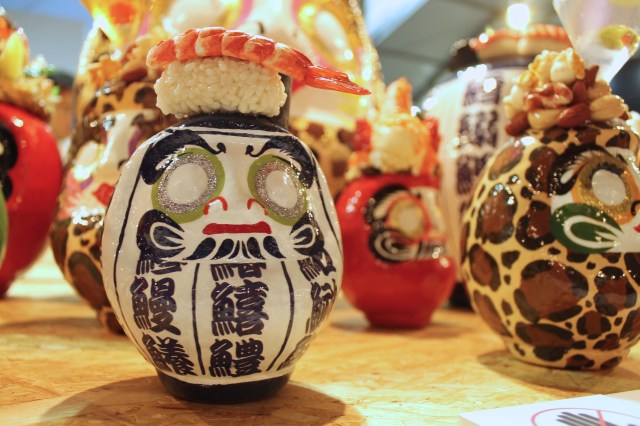

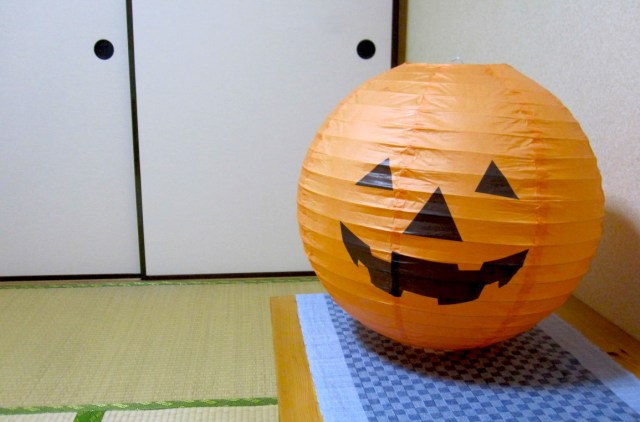
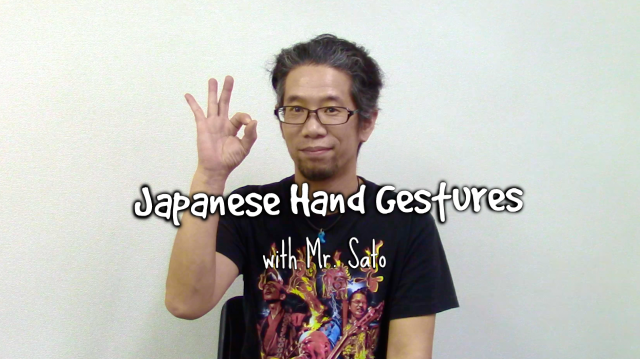
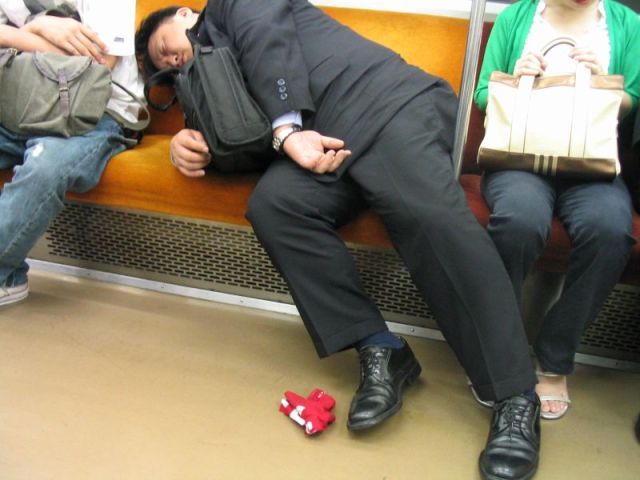

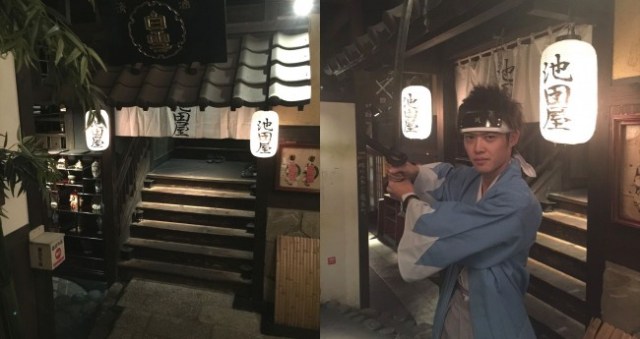
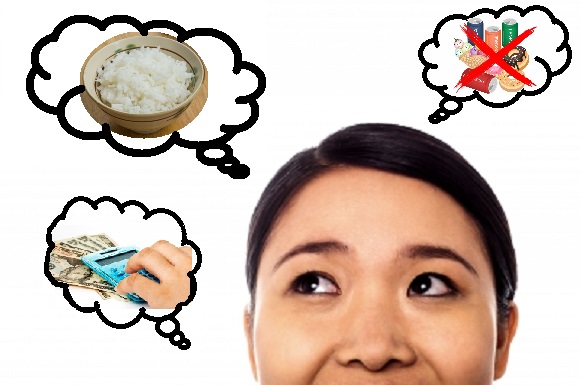

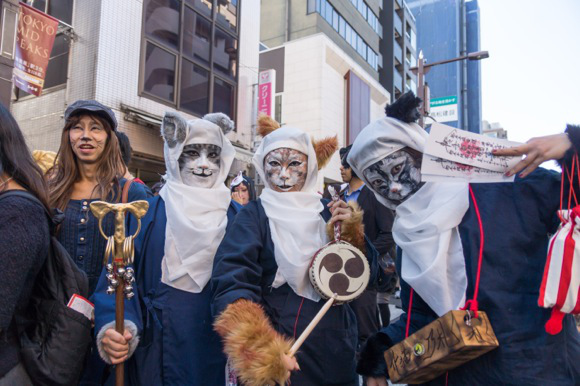

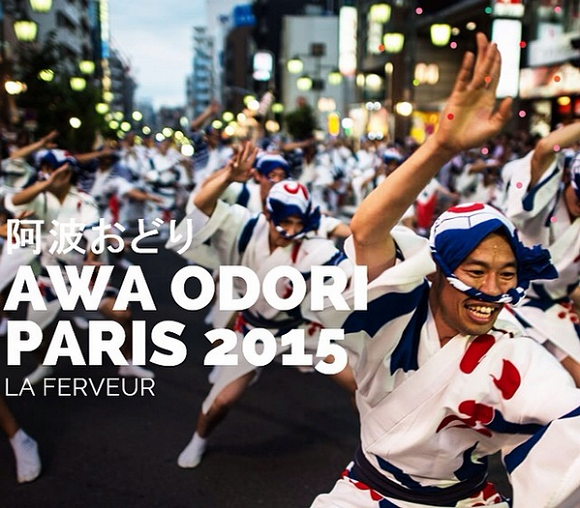
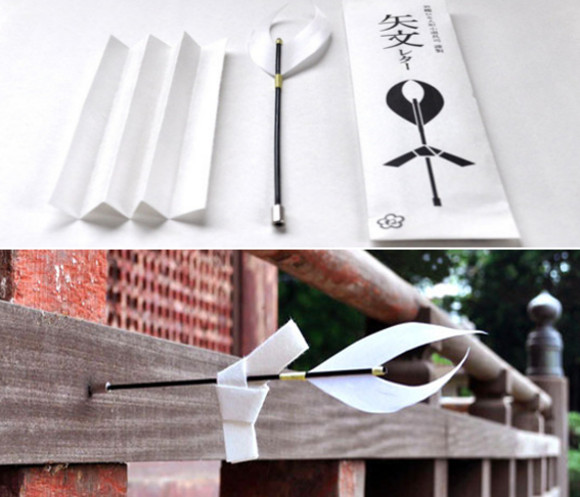
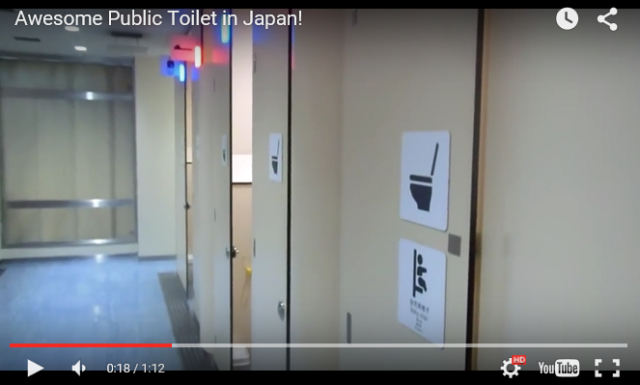

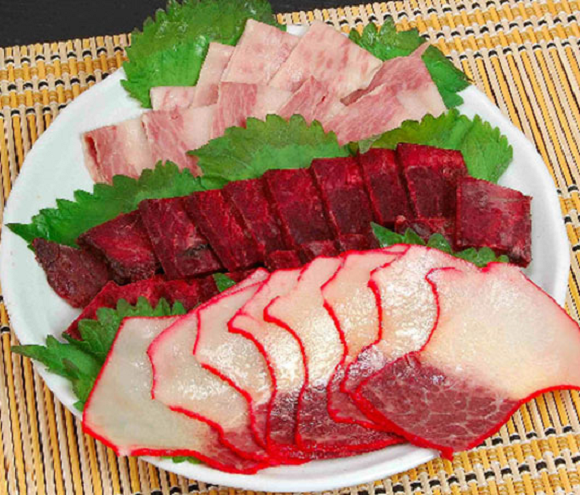
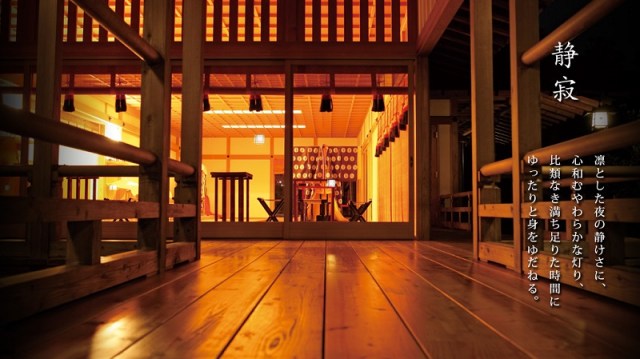
 Mt Fuji convenience store becomes “lawless zone” as tourists hurl abuse at security guards
Mt Fuji convenience store becomes “lawless zone” as tourists hurl abuse at security guards Japan’s workplace drinking party communication is unnecessary, says majority of workers in survey
Japan’s workplace drinking party communication is unnecessary, says majority of workers in survey Eight unforgettable hot springs, as recommended by Japan’s “Professor Bath”
Eight unforgettable hot springs, as recommended by Japan’s “Professor Bath” Japanese bank’s founders blood-signed promise to commit samurai-style suicide if they committed fraud
Japanese bank’s founders blood-signed promise to commit samurai-style suicide if they committed fraud Studio Ghibli releases new range of cardigans for anime fans
Studio Ghibli releases new range of cardigans for anime fans Man with snake face tattoo arrested for assault, neighbors shocked he would do such a thing【Vid】
Man with snake face tattoo arrested for assault, neighbors shocked he would do such a thing【Vid】 The new Ranma 1/2 anime is here! So is it worth watching?【SoraReview】
The new Ranma 1/2 anime is here! So is it worth watching?【SoraReview】 Kyoto cookies let you create your own edible 3-D forest world
Kyoto cookies let you create your own edible 3-D forest world Starbucks Japan reveals new holiday goods for the 2024 festive season
Starbucks Japan reveals new holiday goods for the 2024 festive season Disney young adult novels get new beautiful shojo anime-style covers for Japan
Disney young adult novels get new beautiful shojo anime-style covers for Japan Kyoto Whopper divides customers at Burger King Japan
Kyoto Whopper divides customers at Burger King Japan Japanese burger chain no longer serves onion rings, but offers intriguing replacement【Taste test】
Japanese burger chain no longer serves onion rings, but offers intriguing replacement【Taste test】 Celebrating Good Couple’s Day in Japan…by getting our significant others to dress us
Celebrating Good Couple’s Day in Japan…by getting our significant others to dress us 7-Eleven Japan releases fukubukuro lucky bags filled with convenience store surprises
7-Eleven Japan releases fukubukuro lucky bags filled with convenience store surprises Travel tip: Fukuoka has a great luggage delivery service that’s cheaper than a coin locker
Travel tip: Fukuoka has a great luggage delivery service that’s cheaper than a coin locker Taking the Kyoto overnight bus for the first time
Taking the Kyoto overnight bus for the first time Beautiful Totoro bag returns, still requires jumping through an extra hoop to get, still worth it
Beautiful Totoro bag returns, still requires jumping through an extra hoop to get, still worth it Berserk T-shirts coming to Uniqlo for launch of new Manga Curation line【Photos】
Berserk T-shirts coming to Uniqlo for launch of new Manga Curation line【Photos】 Nintendo’s controller capsule toys are so cool, even the machine you buy them from is awesome【Pics】
Nintendo’s controller capsule toys are so cool, even the machine you buy them from is awesome【Pics】 One of Japan’s most beautiful hot spring towns announces new limits on number of day trippers
One of Japan’s most beautiful hot spring towns announces new limits on number of day trippers Ghibli’s Princess Mononoke teams up with Foxfire for outdoor apparel collaboration【Photos】
Ghibli’s Princess Mononoke teams up with Foxfire for outdoor apparel collaboration【Photos】 Ghibli Park debuts first winter illumination display with Howl’s Moving Castle theme
Ghibli Park debuts first winter illumination display with Howl’s Moving Castle theme Sanrio and magical girl anime PreCure join forces for new merch line【Photos】
Sanrio and magical girl anime PreCure join forces for new merch line【Photos】 Pringles releases a limited-edition sweet flavour in Japan
Pringles releases a limited-edition sweet flavour in Japan Japanese job-quitting service contacted by other job-quitting service because employee wants to quit
Japanese job-quitting service contacted by other job-quitting service because employee wants to quit After cancelling Halloween, Tokyo’s Shibuya neighborhood cancels New Year’s Eve too
After cancelling Halloween, Tokyo’s Shibuya neighborhood cancels New Year’s Eve too McDonald’s new Happy Meals offer up cute and practical Sanrio lifestyle goods
McDonald’s new Happy Meals offer up cute and practical Sanrio lifestyle goods Foreign tourists on Shinkansen bullet train break suitcase etiquette, angering local passengers
Foreign tourists on Shinkansen bullet train break suitcase etiquette, angering local passengers [Deleted] Article written for April Fool’s Day 2018
[Deleted] Article written for April Fool’s Day 2018 Japanese government to make first change to romanization spelling rules since the 1950s
Japanese government to make first change to romanization spelling rules since the 1950s Foreigner’s request for help in Tokyo makes us sad for the state of society
Foreigner’s request for help in Tokyo makes us sad for the state of society Ghibli founders Toshio Suzuki and Hayao Miyazaki contribute to Japanese whisky Totoro label design
Ghibli founders Toshio Suzuki and Hayao Miyazaki contribute to Japanese whisky Totoro label design Japanese convenience store Family Mart announces abolishment of eat-in spaces
Japanese convenience store Family Mart announces abolishment of eat-in spaces Princesses, fruits, and blacksmiths: Study reveals the 30 most unusual family names in Japan
Princesses, fruits, and blacksmiths: Study reveals the 30 most unusual family names in Japan Life-size vibrating Legend of Zelda Master Sword for sale from Nintendo【Photos】
Life-size vibrating Legend of Zelda Master Sword for sale from Nintendo【Photos】 Studio Ghibli releases free-download board game — Here’s how to play it without reading Japanese
Studio Ghibli releases free-download board game — Here’s how to play it without reading Japanese Man with snake face tattoo arrested for assault, neighbors shocked he would do such a thing【Vid】
Man with snake face tattoo arrested for assault, neighbors shocked he would do such a thing【Vid】 The new Ranma 1/2 anime is here! So is it worth watching?【SoraReview】
The new Ranma 1/2 anime is here! So is it worth watching?【SoraReview】 Kyoto cookies let you create your own edible 3-D forest world
Kyoto cookies let you create your own edible 3-D forest world Starbucks Japan reveals new holiday goods for the 2024 festive season
Starbucks Japan reveals new holiday goods for the 2024 festive season Disney young adult novels get new beautiful shojo anime-style covers for Japan
Disney young adult novels get new beautiful shojo anime-style covers for Japan Tokyo’s famous Lost in Translation hotel is closed
Tokyo’s famous Lost in Translation hotel is closed Is “The Most Annoying but Most Delicious” ramen from 7-Eleven truly the most delicious?
Is “The Most Annoying but Most Delicious” ramen from 7-Eleven truly the most delicious? Japan Travel: Explore a hidden cave on a tiny monorail roller coaster thrill ride in Nara
Japan Travel: Explore a hidden cave on a tiny monorail roller coaster thrill ride in Nara Trials of Mana gets live-action adaptation as stare play, full cast of heroes to appear
Trials of Mana gets live-action adaptation as stare play, full cast of heroes to appear Big dam Godzilla appears in Japan as power-washer art on side of 195-foot dam【Video】
Big dam Godzilla appears in Japan as power-washer art on side of 195-foot dam【Video】 Kyoto green onion theft victim becomes Kyoto green onion thief
Kyoto green onion theft victim becomes Kyoto green onion thief Move over, garlic gyoza — it’s time to try squid ink, habanero, seaweed, and taco dumplings
Move over, garlic gyoza — it’s time to try squid ink, habanero, seaweed, and taco dumplings Tokyo Skytree to be lit up in Jujutsu Kaisen colors on Halloween in months-long art collaboration
Tokyo Skytree to be lit up in Jujutsu Kaisen colors on Halloween in months-long art collaboration